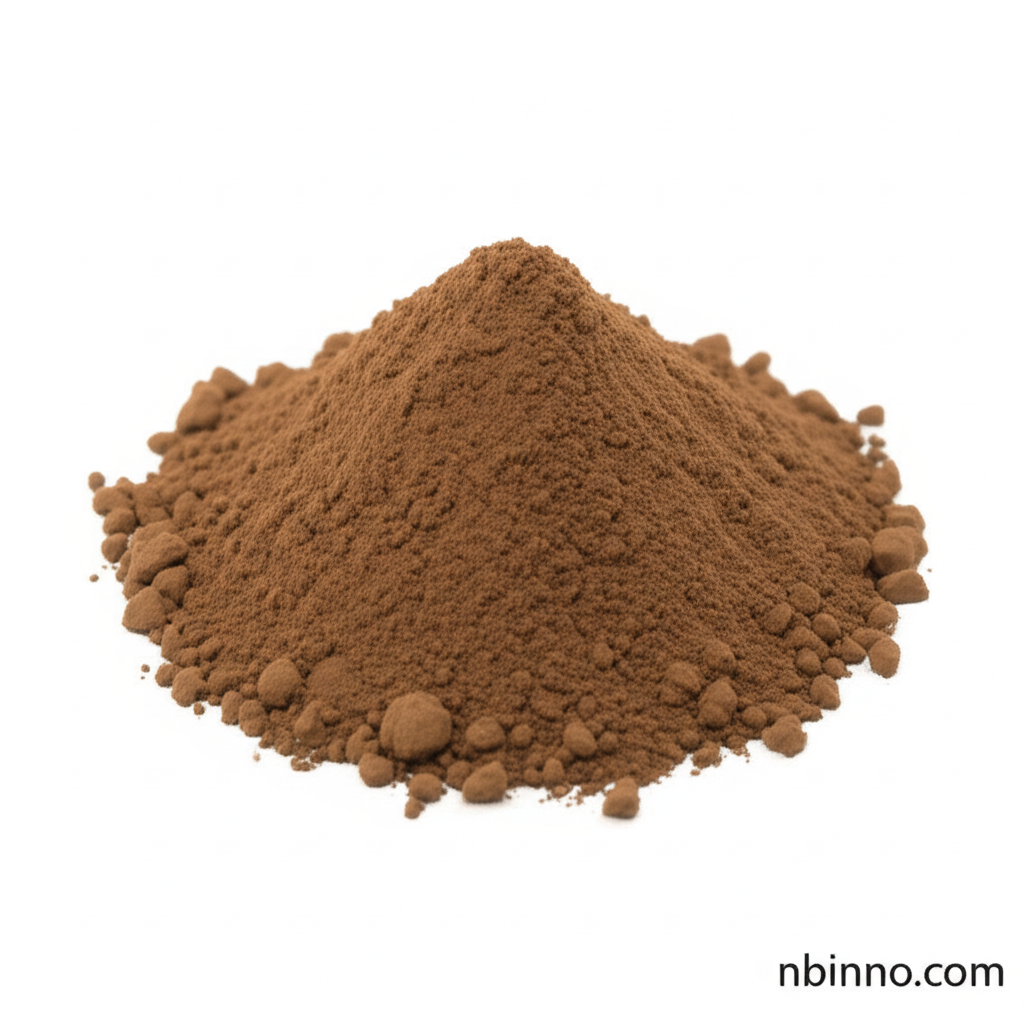2,3-Diaminonaphthalene (CAS 771-97-1): Precision Reagent for Nitrite and Selenium Analysis
Discover the critical role of 2,3-Diaminonaphthalene in advanced chemical analysis. As a leading manufacturer and supplier, we offer high-purity DAN (CAS 771-97-1) for your R&D needs, ensuring accurate detection and reliable results for nitrite and selenium determination. Explore our competitive pricing and secure supply chain.
Get a Quote & SampleUnlocking Precision in Chemical Analysis with 2,3-Diaminonaphthalene

2,3-Diaminonaphthalene: Your Trusted Organic Intermediate
As a premier manufacturer and supplier of specialty chemicals in China, NINGBO INNO PHARMCHEM CO.,LTD. provides high-quality 2,3-Diaminonaphthalene (CAS 771-97-1). This versatile organic intermediate, available with 99% minimum purity, is essential for precise scientific applications, particularly in the fluorometric measurement of nitrite and the colorimetric detection of selenium. Purchase with confidence from a reliable supplier committed to product excellence.
- High-Purity 2,3-Diaminonaphthalene: Essential for sensitive analytical applications and ensuring reliable research outcomes when you buy from our manufacturer.
- Versatile Nitrite Detection: Leverage its capability as a fluorometric probe for accurate nitrite quantification, a key aspect for R&D scientists and formulators.
- Selenium Analysis: Utilize its high selectivity as a colorimetric and fluorometric reagent for precise selenium determination, crucial for trace element analysis.
- Reliable Supplier in China: Secure your supply of this vital organic intermediate, manufactured to stringent quality standards, providing a cost-effective solution.
Advantages of Sourcing 2,3-Diaminonaphthalene
Exceptional Purity for Accurate Results
Our 2,3-Diaminonaphthalene (CAS 771-97-1) boasts a purity of 99% minimum, guaranteeing the accuracy and reproducibility required by demanding R&D projects and quality control processes. Secure your supply from a trusted manufacturer dedicated to analytical precision.
Dual Detection Capabilities
As a highly selective colorimetric and fluorometric reagent, this product excels in both selenium detection and the fluorometric determination of nitrite, offering chemists and researchers a powerful analytical tool. Explore its potential for your assay development.
Strategic Sourcing and Competitive Pricing
As a leading chemical supplier in China, we offer competitive pricing for 2,3-Diaminonaphthalene. Procurement managers can rely on our efficient supply chain for consistent availability and cost-effective solutions for bulk purchases.
Key Applications for 2,3-Diaminonaphthalene
Nitrite and Nitrate Measurement
Ideal for the fluorometric determination of nitrite and nitrate in biological samples, including cellular assays, supporting research into nitric oxide pathways.
Selenium Detection
Utilized as a highly selective colorimetric and fluorometric reagent for precise selenium analysis, critical in environmental and biological monitoring.
Organic Synthesis Intermediate
Serves as a fundamental building block in the synthesis of various organic compounds and heterocyclic structures for diverse chemical applications.
Biochemical Research Tool
A valuable tool for researchers studying nitric oxide (NO) production, allowing for direct detection in live cells and animal models.
